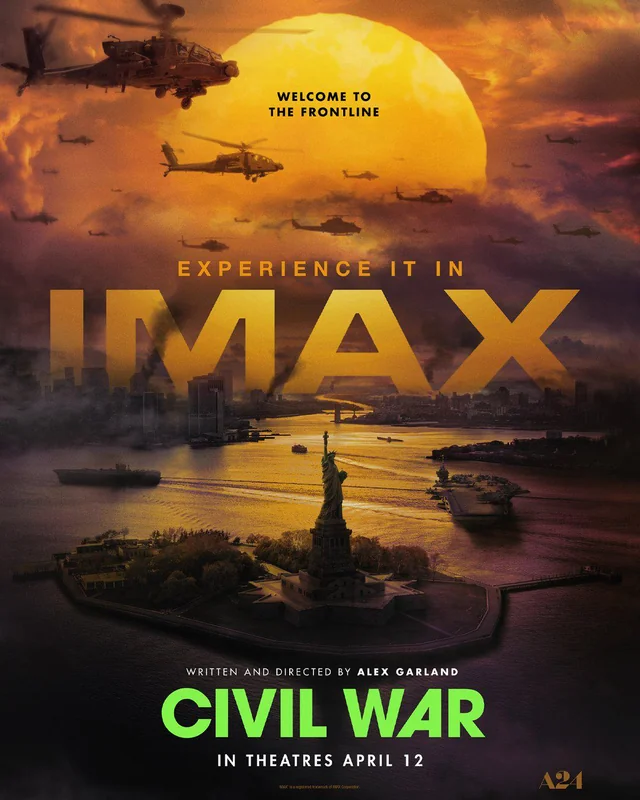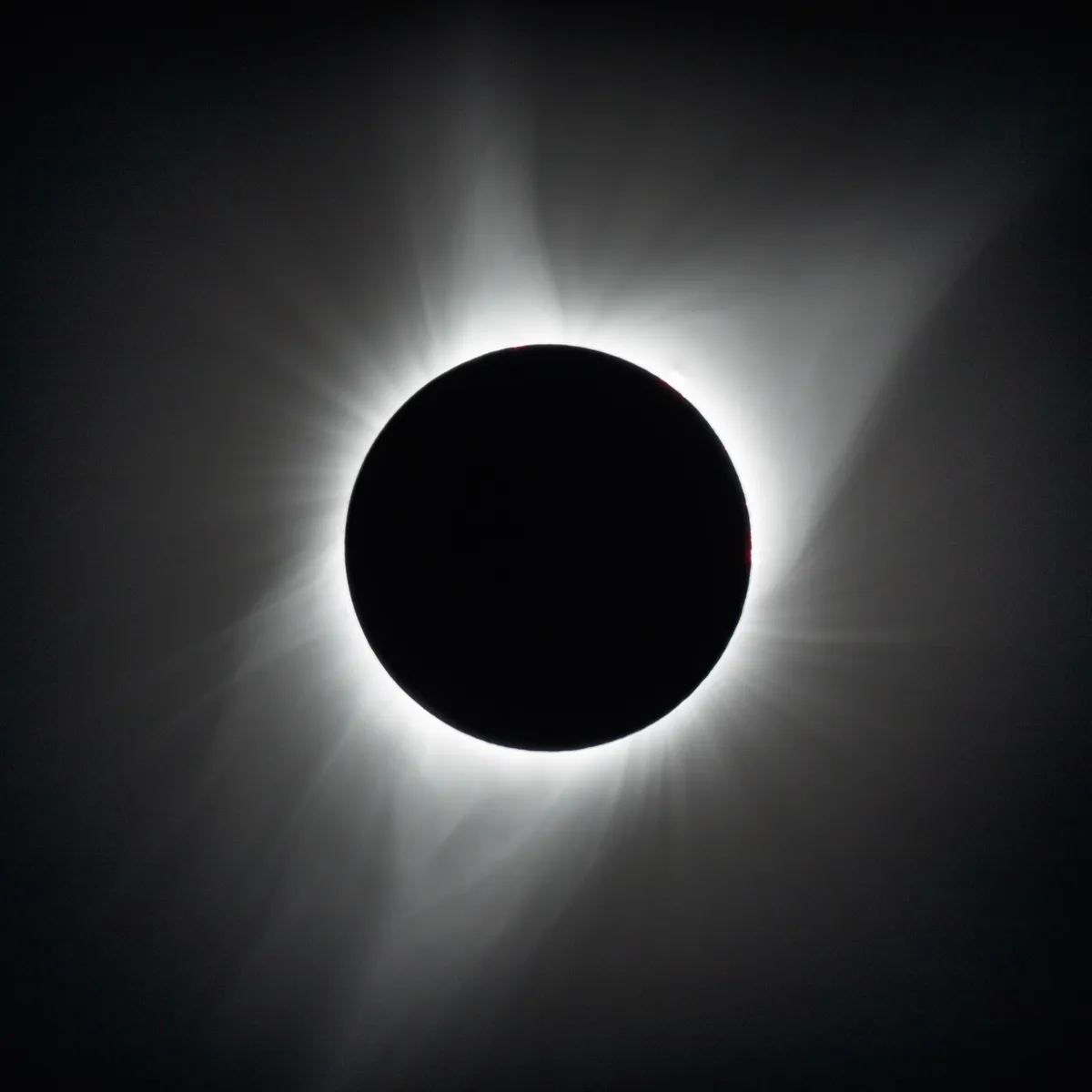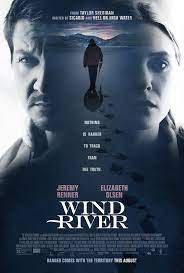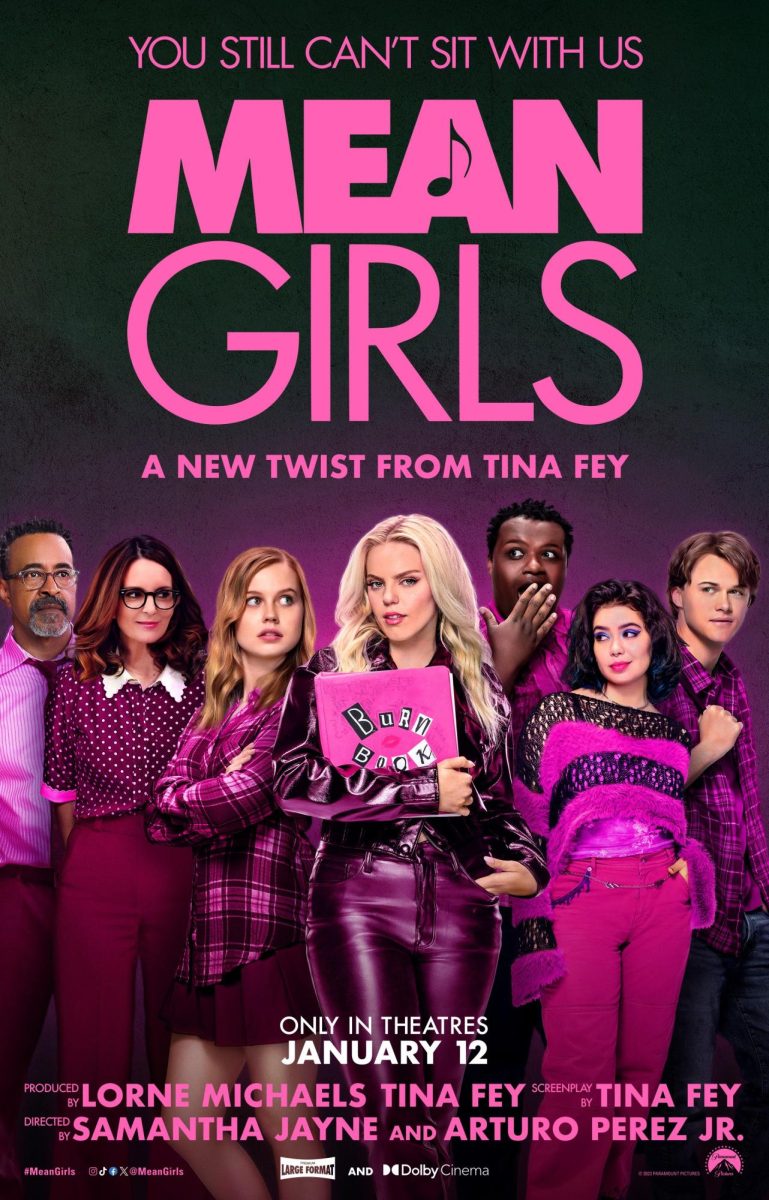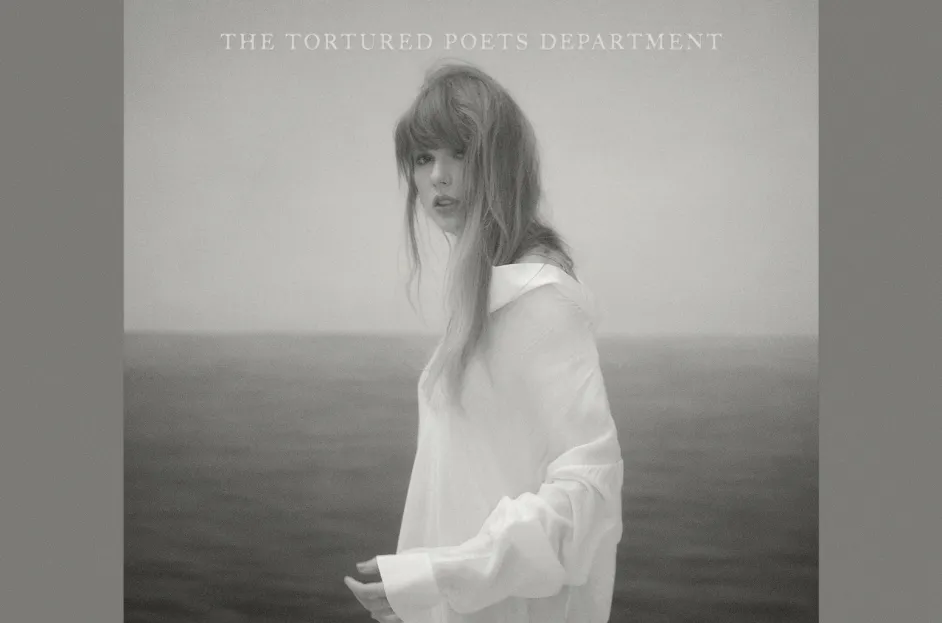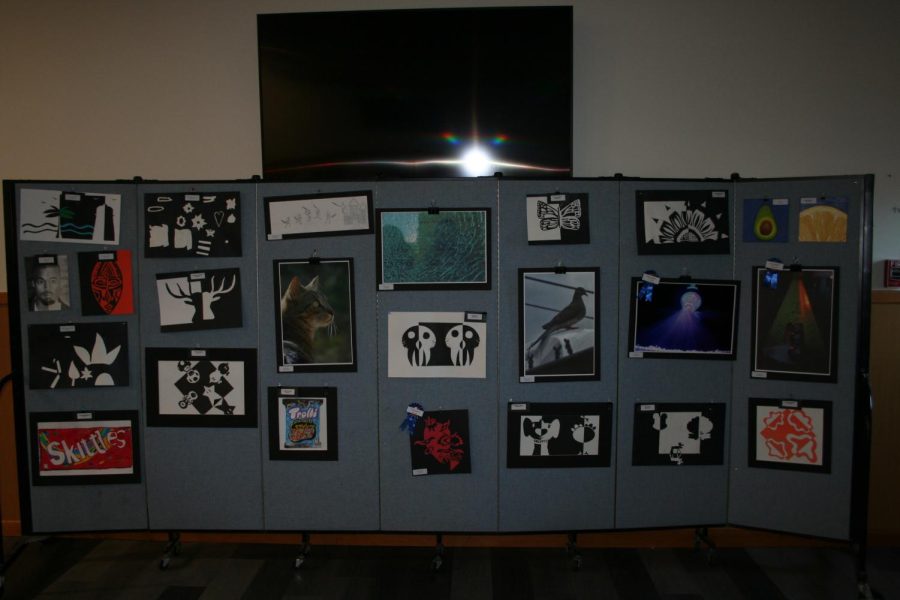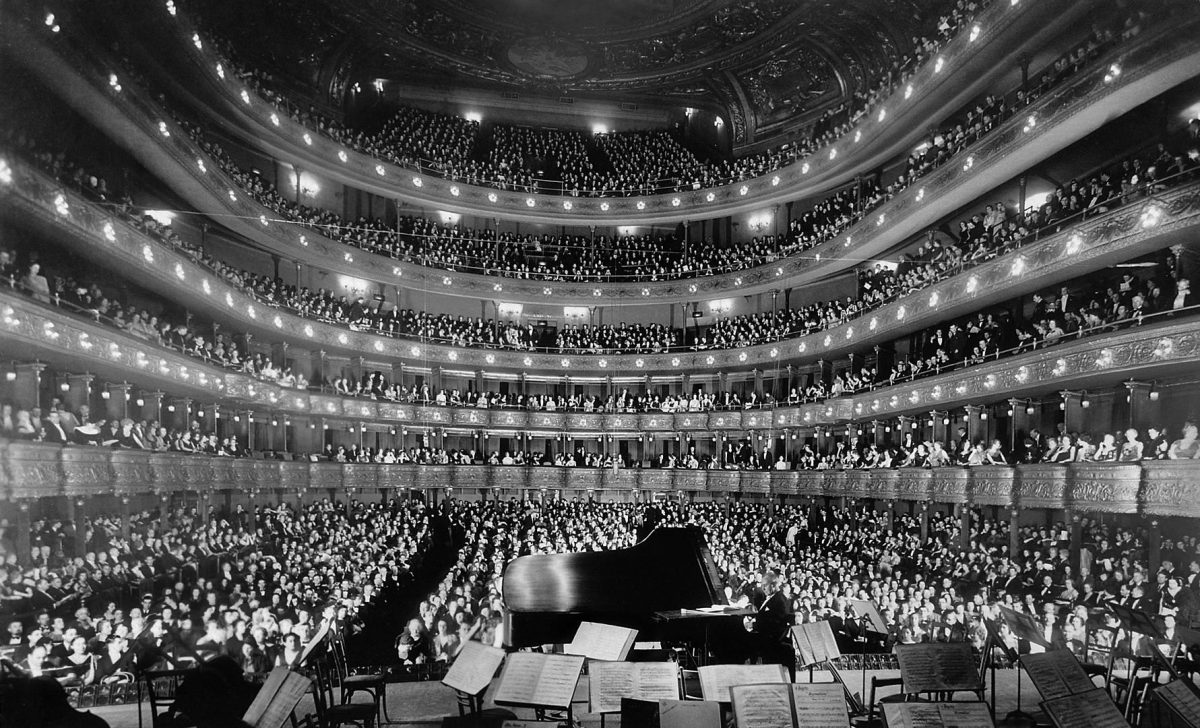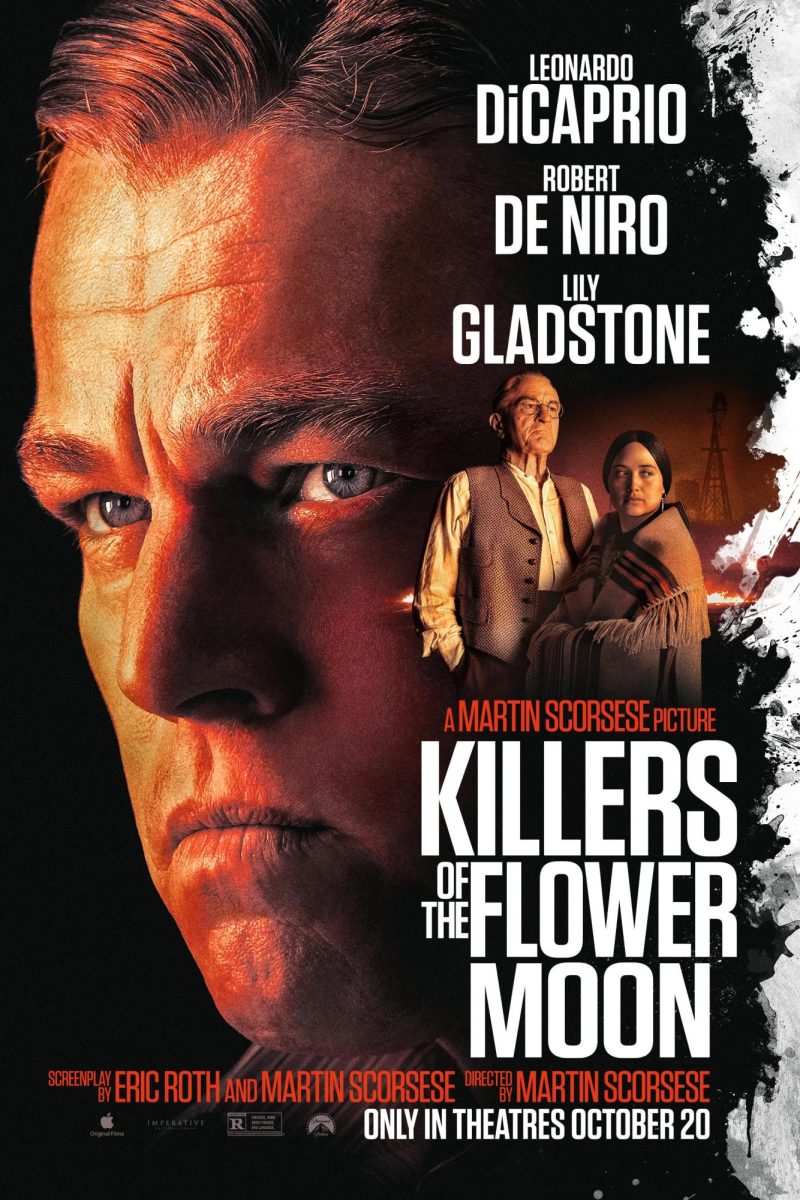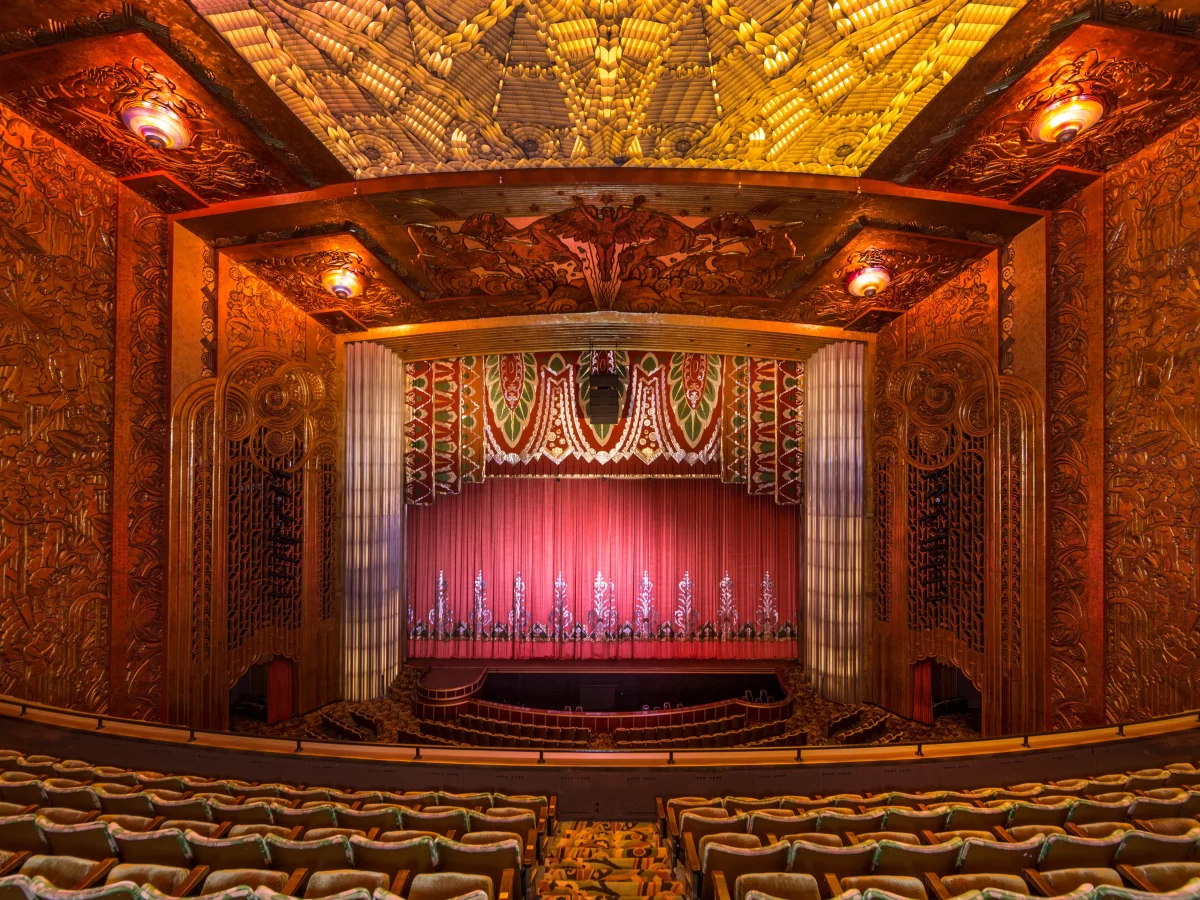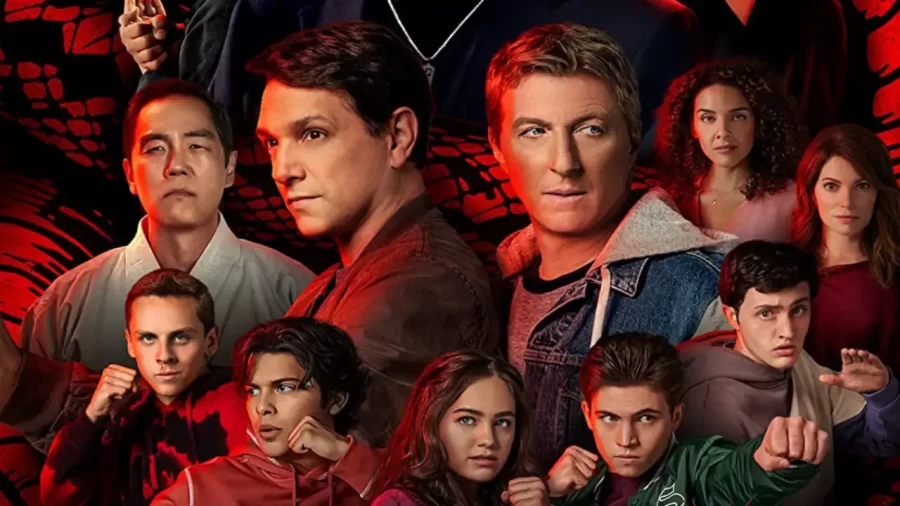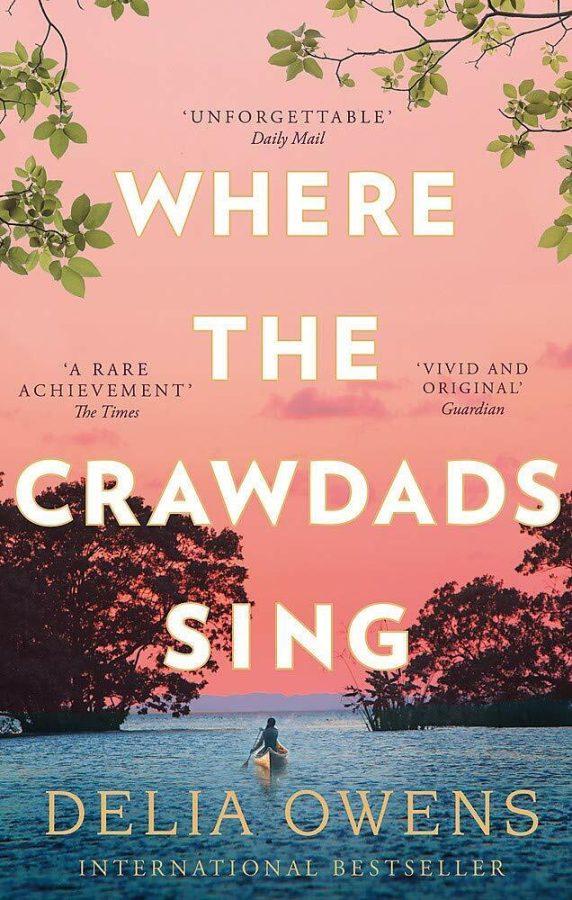Consensus: Hard-hitting and beautifully filmed, Civil War sees Alex Garland exploring an alarming and unsettling subject matter with the avant-garde of an arthouse director.
Alex Garland is mainly known for his science-fiction films, with his past movies such as Ex-Machina, Annihilation, and 28 Days Later establishing him as an auteur in cinema. What separates Garland from other Sci-Fi filmmakers is that he infuses horror elements in many of his movies. His movies can trap the viewer in the twisted and horrifying world that he creates. This is because in his movies there is no monster to escape or bad guy to kill. The ultimate villain is always existential or at a scale that is beyond human comprehension. There lies the power of Garland’s filmmaking ability.
Civil War departs from Garland’s usual Sci-Fi formula as it sees him exploring the war genre. The movie also leans heavier on action than his previous movies. The emphasis on technology or futuristic elements is also limited in this movie.
Civil War follows a group of photo war journalist as they make their way to Washington D.C to interview the President of the United States. When the movie begins, the U.S has been engaged in a civil war for 14 months. There are four main factions that are engaged in this war. The U.S or loyalist forces, made up of 39 states, are mainly comprised of the northeast and midwest. The remaining 11 states have spilt from the U.S and formed their own republics. The New People Army that are made up of the states on the Northwest, the Florida alliance made up of the states in the south, and the most powerful of the successions state: the western forces of California and Texas. The movie mainly sees the United States fighting against the Western forces, as the Florida alliance and New People army aren’t prominently featured in the film.
The movie opens to the President of the United States rehearsing for a speech (There is no name). The close-up shots of the president are intercut with protest and violence, which gives the impressing that the nation’s unrest is on his mind. At first, his delivery is weak and unenthusiastic. He rehearses over and over again before addressing the nation. On a T.V screen, the President is seen with an authoritative and presidential tone of voice as he declares that the Western Forces has suffered a very great defeat and the U.S is asking for their surrender.
In NYC as a group of protestors are trying to steal water from a supply truck that is being guarded by police. This supply truck indicates that the western forces are successful in blockcading and besieging the loyalist forces. A photogurnalist Lee Smith (Kirsten Dunst) is there to record the pictures of the protest when a younger photojournalist Jessie (Cailee Spaeny) is hit by a police officer. Lee gives Jessie her yellow vest that indicates that they are press. While moving behind a car to help Jessie put on the vest, an explosive goes off killing the officers and protestors. Lee and Jessie both take pictures of the scene.
One of the pivotal elements of the movie is the relationship between Lee and Jessie. Although rocky at first, Lee and Jessie develop a mentor-mentee relationship with Lee teaching the younger Jessie how to be a wartime photographer. Through vivid flashbacks the audience learns that Lee has experience in capturing footage in foreign wars. These experiences has taught her that a war photographer isn’t there to report the story, but rather capture what they see and let audiences interpet the story for themselves. Throughout the movie Jessie struggles with this idea as seen through her inclusion of Lee and the other press members in her photos taken of the movie.
Following the explosion the movie cuts to a wider view of NYC, in which Alex Garland is able to pull of his feat in 28 Days later by making New York empty. The city is ghostly as commuters make their way to work on bicycles. Their is a lack of activity in the streets of the normally vibrant city. Further building the unsettlement and idea on how terrible this civil war has been.
In a hotel room, Lee meets back with her fellow journalist Joel (Wagner Moura) and Sam (Stephen Mckinely Henderson). Lee and Joel reveal to Sam their plan to travel to DC and interview the president, who haven’t been seen in person for the past year. Sam warns the pair that the loyalist shoot journalist on site and that they wouldn’t even make it past the south lawn of the White House. Seeing that the two are serious in their plan, Sam decided to join them on their journey.
In the hotel, Lee runs into Jessie again, who reveals that Lee was her hero growing up and that Lee shares the name of another photographer that Jessie is fond of too.
The next day it’s revealed that Jessie had convinced Joel to allow her to join the trio on their journey. The movie then spends the bulk of the the second act on their journey to the white house. Garland uses this opportunity to show as many different aspect of civil war to the audience. The group makes way past a gas station in which Lee is able to procure gas through Canadian currency since the U.S currency is useless. In the gas station, Jessie encounters two people captured as looters and the gas station people were torturing. Furthering to build the idea that the war has resulted in Americans turning on one another.
Settling down for the night at a mall, the group hears the sporadic gunfire of a fight between the loyalist and militia forces. Garland uses excellent visuals through the group’s conversations being lit up by the light generated from the fighting. Adding to the suspense and uncertainty of the war. A violence hungry Joel says that the group will head toward the direction of the fighting tomorrow.
The relatively peaceful tone of the movie is suddenly broken as the movie cuts to a brutal firefight as four milita men assault a compound held by loyalist. This is when audiences get a since of how different the action in this movie hits. It’s disturbing and violent. Garland isn’t portraying the fight as cool or hero-like, he portrays it as a struggle to survive on both parts. In the battle a militia-men is grievously injured. His fellow militia-men callously kill a loyalist solider who is begging for mercy. The scene ends with the militia escorting the remaining soldiers into a firing squad.
Then while making their way down to D.C, the group encounters a town that has successfully insulted themselves from the Civil War. They are trying to ignore the conflict going around them. The guards that Lee and Joel spot on the way out reveal that the town isn’t completely ignorant of the civil war. It also uses violence and intimidation to stay alive.
An attack does occur when the group and another two reporters are captured by a soldier (Jesse Plemons) in the darkest scene of the movie. In this one scene, Garland says the most in a movie that is very apolitical. It’s the furthest the film goes to explore how entrenched racism and division led to senseless violence. By the end of the scene, the two Asian characters are mercilessly gun downed by Plemons for being “Un-American”. It’s only through the intervention of Sam that the remainder of the group survives.
While escaping Sam is mortally wounded by a bullet. The emotional weight of his death is explored through the group dirving through a forest fire. A literal hell on Earth that is shot beautifully with the embers showering down on the car. Then the car emerges to a scene of the river to Charlottesville. A military helicopter is flying over a majestic lake as convoys of humvees follow in the same direction. The two winds over the sweeping landscape and eventually make their way to a western forces military camp. This is when the true power of the western alliance is revealed as they are armed to the teeth. Professional soldiers make their way around the compound with tanks and helicopters all around. A two star American flag waves over Sturgill Simpson’s song Breakers Roar.
The group also receives the bad news that they were too late and the loyalist army has surrenders. All that stands in the Western Forces’ way to independence is Secret Service and some remaining soldiers. The group grieves this news and Sam death in different ways.
The last act begins with the Western Forces preparing for their assault on the capital. Humvees and helicopters take off from the camp and make their way to D.C. The camera follows a helicopter as it flies into the capital. The final battle of D.C sees the action of the film elevated. The western forces break down a huge wall surrounding the white house. What seems to be a presidental convey speeds away from the white house and is quickly taken down by the western forces. Sensing that the president is most likely still in the white house, Lee takes Joel and Jessie and leads them into the white house. A small group of western forces soldiers join them.
It’s a surreal scene to be in the white house. When the group enters, the white cavernous white house is empty. A large hall sits to be abandoned as there is trash and computers strength around tables. We can most likely infer that the white house was used as a command center of some kind. The group makes their way into the press secretary room, where they encounter the press secretary trying to negigiate a peaceful transfer of the president away from the United States to a neutral territory. The soldiers respond by killing the press secretary.
As they make their way towards the oval office the soldiers are engaged by secret service. Jessie steps out to take a picture of the fighting and Lee sensing the danger jumps in from of the girl to protect her. Jessie falling takes a picture of Lee being killed by the secret service. The soldiers then move in and finish off secret service.
In the final scene of the movie, the soldiers pull the president from behind the desk of the Oval office. Before the soldiers kill him, Joel asks the president for a quote in which he responds “don’t let them kill me”. Satified, Joel moves away and the soldiers executes the president as Jessie snaps the golden picture. The credits roll as the photo develops showing the soldiers posing with the dead president.
One of the striking things about civil war is the apolitcal approach that Alex Garland took to make the movie. The only information that is given about the world in Civil war is given through a quick exposition as Sam asks Joel what he would ask the president during the interview. The questions include why the president accepted a third term for office, why he disbanded the FBI, and why he authorized airstrikes against civillians. This information points to the fact that the Civil War was most likely not a partisan or ideological difference, but rather the states breaking off from a authoritarian administration.
It’s most likely why Garland decided to ally the two contrasting states of Texas and California together. Although they lie very differently from each other politically, they are willing to band together to oppose a fundamentally wrong government.
Although the film has faced criticism for its lack of political commentary, the decision to make the movie not about the poltiics, but about the war was a good one on behalf of Garland. Just like the photogournalist that are the main characters who are their not to comment on the war but to record and show it. Garland shows us the devasting effect that war could have on American society and asks the audience to make their own interpretation.
Garland demonstrates how easily the idea of America could be blurred. In a civil war, violence permeates all facets of society, breaking down the idea of unity and nationalism. In one instance, Joel asks a group of snipers what side they are on and what side they are fighting. The sniper responds that the sniper on the other side of the field are trying to kill them and they are trying to kill the other snipers. The war has created an environment where the soldiers are no longer fighting for ideological reasons. They are fighting to stay alive.
The most obvious case of how identity can become blurred is the standoff that occurs between Jesse Plemons and the group. During this confrontation, Plemons asks each member of the group what Americans are they. A question that raises complex ideas on how different people view the word “American”. For Jesse Plemons the answer is external as he judges how “American” each member of the group is based on where they were born and raised. He doesn’t regard the successions states as being “America”. To him, the Western Forces and Florida alliance are just states and alliances. The United States of America is still the United States of America. From the audiences point of view members from all sides of the conflict are Americans. It’s shocking to see Californian and Texan service members attacking the capital. It’s uncomfortable to watch.
That feeling of discomfort was what Alex Garland was trying to convey to the primarily American audience. The movie grounds itself in through it’s realism. There is no action hero or cheesy stunts. Its almost as if the audience is watching a war documentary rather than watching an action flick. The tone is visceral and tense. A scary neo-reality that could be true. While the alliances and succession are fictionalized, the core elements of the film, Americans fighting Americans is plausible.
The violence serves as a warning to how another civil war can tarnish the idea of decency and morality that has defined America ever since its inception. How quickly political and social upheavel can pave the path for disunion and division. It also shows the ugly reality of what a civil war would look like when fought in the most powerful country in history.
There are a few technical elements that set Civil War apart from other war and action films. Firstly, the Alex Garland utilizes still frames and static shots to capture the non-action elements of the movie. It’s normal for the actors to move around but the camera is fixed on one location or for the camera to focus on one specific frame. It adds an arthouse effect to the movie that emphasis the character’s dialogue and action instead of the setting. It leaves the audience detached from the subjects of the movie. It’s like the audience is observing the action and dialogue of the characters. For the action, Civil War does return to a more traditional style of filmmaking that is more fluid and follows the character as they move. However, it’s not like the Jason Borne or fast and furious action scenes filled with quick edits that are incomprehensible to the audience. Civil War is able to add to it’s realism by shooting its action scenes like a reporter following a group of soldiers. This is added by the fact that the camera used to shoot the movie is the DJI Ronin 4D camera which in Garland word gave it a “truthful in the camera behavior, that would add another layer of immersion to the movie.
The sound design in the movie was also terrific. The sounds of the movie were visceral and heavy. To make the sound design as realistic as possible Garland consulted Oscar-winning sound editor, Glenn Freemantle, to mix the sounds for the movie. Garland wanted to create a “Nightmare vision of combat zones” emphasizing “loud, chaotic gunfire and explosion in each environment.” To accomplish this the crew spent a week in Pinewood studios firing a large assortment of weapons in the various settings that the movie was going to take place in. He recorded not only the sounds of the weapon, but the sounds of what it sounded bouncing off buildings. What resulted is a brutal and unnerving acoustic experience in the theater. The audience can feel the concussive blast and force of the assault on D.C. It adds another dimension of realism to the movie.
The score is the most unusual element in the movie. I think to keep the movie not being overly depression and horrifying, Alex Garland included some funky punk music after the most disturbing scenes. On a whole, the soundtrack of the movie is country music. Which reflects the rural and mainly southern setting of the movie. During the action scene, Garland cuts out all music to add to the realism of the movie. The music fits the aesthetic and theme of the movie well, while also serving to lighten the mood.
On a macro level, Civil War is not a movie just about war. It’s a movie about the role that photojournalist plays in telling news, the division that exist within America, and how easily violence can overtake morals. Alex Garland is able to tell this story without introducing politics in the mix; preventing the movie from becoming a political melodrama. Civil War’s ability to function on so many levels is what makes it stand out among war movies. The movie also hits the audience fast and without mercy. It’s clear that Alex Garland went all out for his first big budget “war” movie. The action combined with the clear themes and ideas make way for one of the best action entries of 2024.

